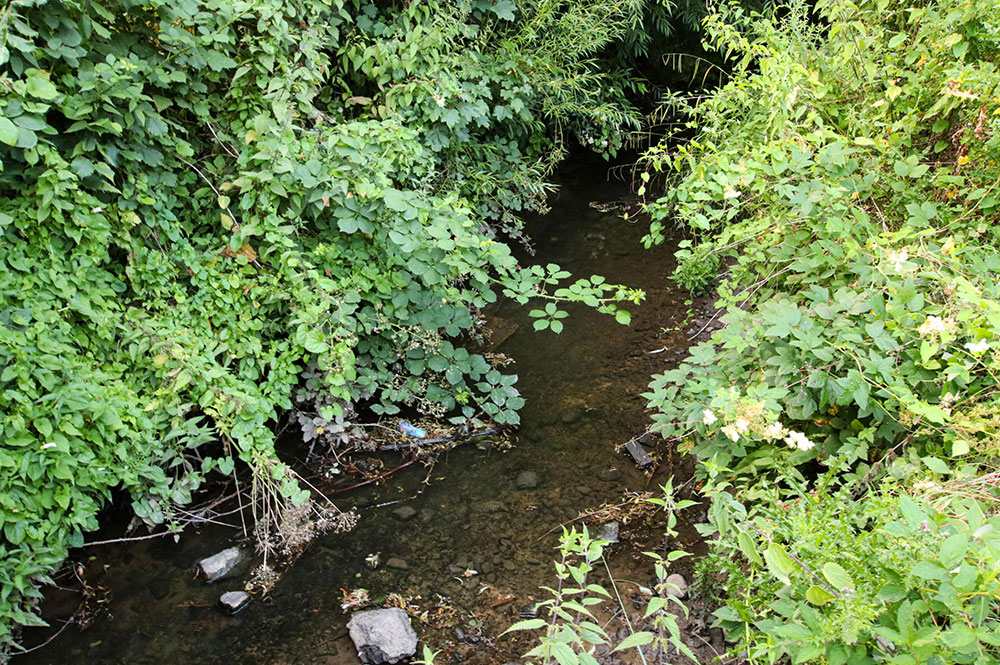A York waterway has been labelled a ‘neglected eyesore’ after a policy was introduced to allow it to return to a more ‘natural’ state.
But the people behind the policy say this has enabled a variety of wildlife to flourish in and around Tang Hall Beck.
Previously the stream was rated as having “poor potential for invertebrate life”. The Environment Agency hopes to change that by lowering weirs so the beck can “create a more enjoyable park with better water quality and better habitat for plants and wildlife”.
Related
However, Graham Spaven, who has lived in Tang Hall since 1990, says that while Tang Hall Beck was once “thriving with ducks and wildlife”, it has become “a neglected eyesore”.
Contrary to the Environment Agency’s ambitions to revitalise the stream’s natural potential, he said that the “only wildlife that’s there is one sad little duck”. He said it was in “such a sad state of repair”.
In response, the Environment Agency told YorkMix: “Four months of ‘neglect’ has caused a variety of natural plants to regrow and provide habitats for all sorts of wildlife such as bees, butterflies, egrets and otters.”
‘An absolute blessing’

Sarah Cunnold, who works at the University of York, has found the beck “an absolute blessing” throughout lockdown. Calling it “an area that’s allowed to be wild”, she said that to her, the stream is a “place of peace”.
Jonathan Dent is the Nature Reserve Manager at St Nicks, who launched York’s Grassland Management Project in June 2017.
The charity has been working to restore the beck in Hull Road Park by intervening with wildlife friendly management, native planting schemes and invasive species control.
Jonathan has noted that the changes have been “pretty drastic”, and there has been a “lack of communication with local people” about the project.
He accepts that there have been a lack of ducks as the naturally flowing river is not as good a habitat as the “often stagnant water”.
But Jonathan says: “In terms of other wildlife, the improvement has been incredible – including more sightings of kingfishers and wagtails, signs of otter, frequent little egrets and herons.
“And that is just the obvious stuff we can see. Insects living in and around the water have improved as the vegetation has”.

[tptn_list limit=3 daily=1 hour_range=1]
Due to three weirs being placed in the beck to create large ponds, the stream slowed so much that silt and mud settle in the pond.
By lowering the weirs, the Environment Agency hopes to make Tang Hall Beck faster flowing, while areas of the pond will dry out, creating a habitat for birds, bugs and plants.
They hope to get the local community involved in the second phase of the project to restore Tang Hall Beck, clearing debris and deciding the final appearance of Hull Road Park.
As the feature that gives Tang Hall its name (“Tang” means “the meeting of two becks” in Anglo Saxon) the stream is integral to the local area. What do you think – is it an eyesore or a place of peace? Let us know in the comments below!
